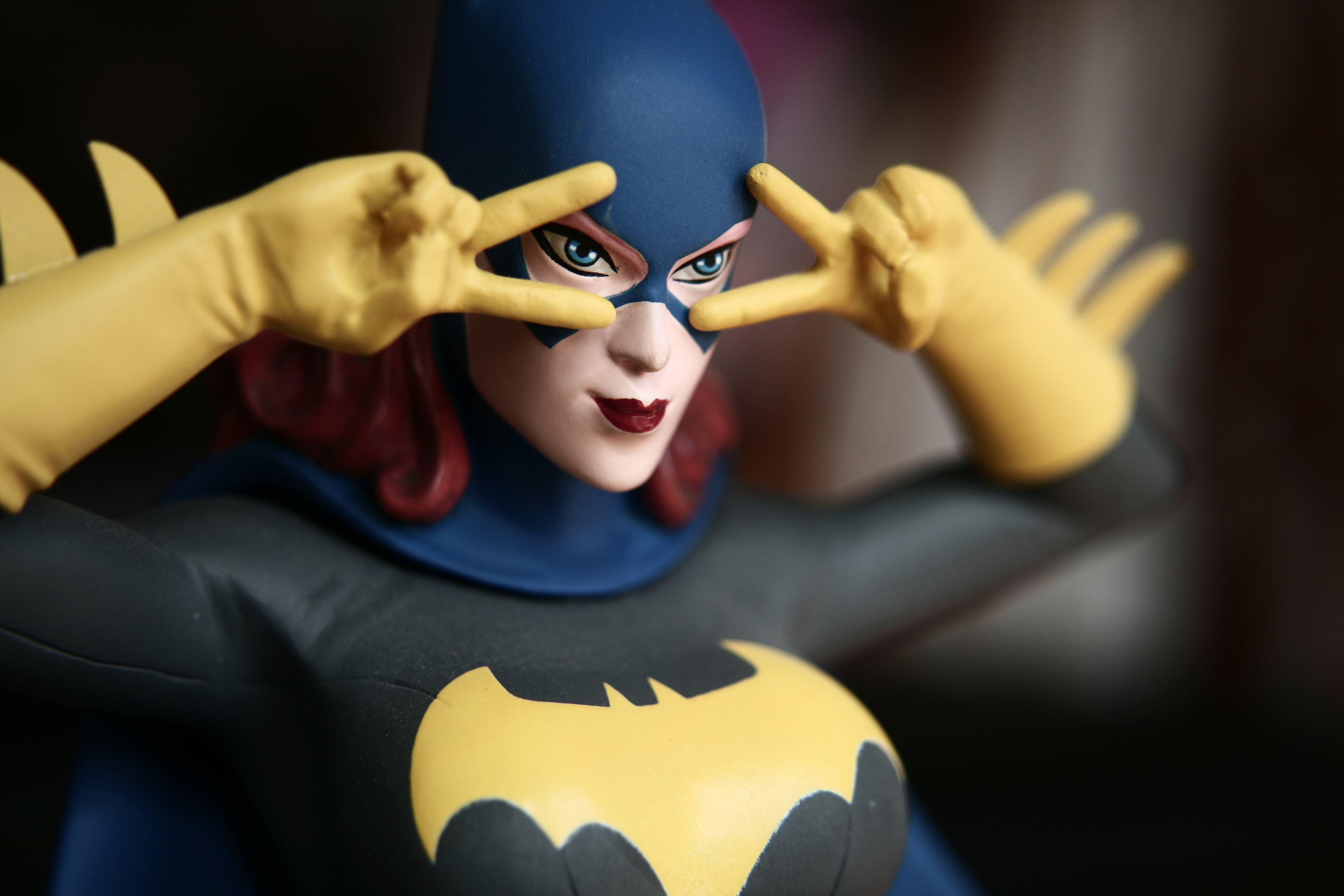Misogyny in Batman: The Killing Joke

Note: This article contains content that that discusses sexual and gendered violence.
Alan Moore and Brian Bolland’s 1988 graphic novel, The Killing Joke, has recently been adapted into film. Produced by Bruce Timm, written by Brain Azzarello and directed by Sam Liu. Both the graphic novel and the film are widely seen as controversial for the mistreatment of Barbra Gordon, also known as the superhero Batgirl.
The Killing Joke is sadistic to its core and filled with perverted ideas about the treatment of women, that should never have made it beyond the drawing board.
It was a story arc meant to explore the connection between Batman and The Joker, his long time nemesis, as well as their similar origins of being victims of random tragedy and ultimately how easy it would be for Batman to become The Joker. To make Batman question his sanity, The Joker tortures him through his torture of Barbra.
He shoots her, which results in permanent spine damage and forces her to relinquish the mantle of Batgirl. He disrobes her and there is heavy implication that he also rapes her. He then mutilates her and photographs her exposed body. The photos are used to torture Batman as well as Barbra’s father, Commissioner Jim Gordon, who at this point in the story is bound, gagged and imprisoned by The Joker.
Of course, it doesn’t work.
Like any true superhero that has donned tights and a cape, Batman doesn’t waver. Neither does Jim Gordon, who orders Batman to take The Joker in “by the book” in an attempt to prove to The Joker that chaos doesn’t win. Both Jim Gordon and Batman get the chance to rise above the Joker, to prove that they’re more then this tragedy.
As for Barbra? She is forgotten in the story and remained a victim of both The Joker and Moore’s perverted writing.
The new film adaption is hardly different, despite Bruce Timm’s attempts to make the story less misogynistic, he actually managed to make it more so.
Simply adding in a half hour of extra Barbra Gordon content doesn’t excuse or legitimize what is done to her, especially when that whole extra half hour includes more misogynistic and violent content.
A monologue that boils down Barbra’s inspiration for becoming Batgirl due to amorous feelings toward Batman, a sex scene between Batgirl and Batman and some of the most misogynistic dialogue I’ve ever heard in a DC animated film, was unsatisfyingly added.
There are obvious roots to these problems that can’t be covered up with thirty minutes of trite narration that reads like it was slapped together.
The abuse Barbara Gordon experiences in the story—being shot, disrobed, mutilated and photographed, in that order—is hardly unique. It takes only a moment to find multiple examples of the “women stuffed in refrigerators,” trope, a jarring title that calls out the exploitation and unequal violence women are subjected to within comics for the sole purpose of motivating a man to action.
Barbara is one of the countless women raped, killed and depowered for the sake of a male character’s plot.
Look at Bolland’s expose, which analogs a desire to kidnap a little girl and keep her locked up in an abandoned sewer until she dies. His motivation being, you need to do bad to understand how to be good. Or, read Moore’s interview with Wizard Magazine from 2006, where he discussed making the decision to injure and abuse Barbra Gordon, he recalls his chief editor of The Killing Joke, Len Wein, saying, “yeah okay, cripple the bitch.”
Those five awful (and ableist) words have defined Barbra Gordon for twenty-eight years. Broken, abused and depowered seems to be how these men love their women.
They have to stop using women characters as torture porn that only serves to prove the humanity of a man. And we, as readers and viewers, have to stop letting them.


